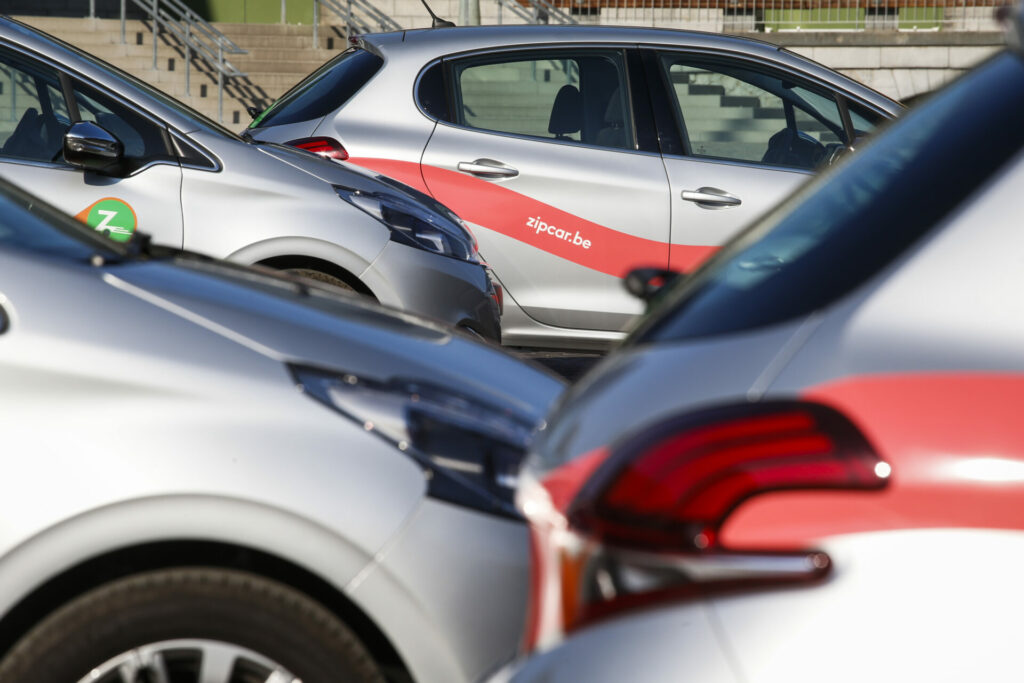Car sharing is becoming increasingly popular, but users sometimes complain about unexpected invoices for damage after use.
For those who drive less than 12,000 kilometres per year by car, it can be financially viable to get rid of their own vehicle and switch to car sharing. This can help avoid the high fuel prices, fixed costs and parking problems associated with ownership. One disadvantage, however, is those annoying damage reports that you sometimes have to fill in before departure. And sometimes, the process goes wrong and lets the client down.
Last year alone, 40,000 car sharers were registered in Flanders, which, according to the sector, is only the harbinger of steeper growth in the coming years. In Flanders, there are now about 122,000 regular car-sharing users, about 2.5% of the total license holders in the region. However, Brussels is doing much better: 8 to 10% of license holders are already car-sharing.
The advantages of shared cars are in theory numerous: you often have a reserved parking space, fewer fixed costs provided that you would not use the car every day for commuting, and above all, you are less bothered by the sharply increased fuel prices. With car sharing, the fuel price is not charged one-on-one.
What are the downsides?
However, the downside comes with the damage reports, responsibility for dents and scratches and unnecessary payments added to your invoice in some rare cases. Some clients of the car sharing service Cambio have claimed that they have been charged for damage that they say they were not responsible for, and some have photos to prove it. And yet, they are still charged for repairs.
Cambio knows that there are complaints about damage reports but emphasises that this is a small percentage. "From January to October this year, we completed around 385,000 journeys, during which approximately 760 claims were started," director Geert Gisquière told VRT.
There are three categories in these 760 files. Firstly, there is sometimes damage after accidents with a third party, for example a driver who hits a customer with a Cambio car. These incidents are handled via the normal collision form and the insurance. Secondly, a Cambio user can also make a mistake: driving into a post, for example. These are also dealt with through the normal practices in insurance law.
"And then there is a residual fraction," added Gisquière, "these are indeed damage cases where it is not immediately clear what went wrong and who was responsible."
Damages check
Cambio advises all clients to do a thorough damage check in advance and to call in any damage to their call centre. "After leaving the parking spot, we can no longer put the responsibility onto the previous. We absolutely do not want to accuse the current user but the control system between the two journeys is simply part of our procedure, and we have to be strict about that."
Once the damage has been reported, Cambio tries to repair it as quickly as possible. "Our priority is to deal with those cars with the biggest damage, because of course we want as many of our cars available as possible. The repair of less priority damage may take longer."
If you find a smiley sticker placed on the car by the damage, the employees are already aware and you as a user no longer have to call. Do you see damage without a sticker? Then look at the damage list at the back of the onboard book. If the damage is stated therein, you do not have to report it again.

